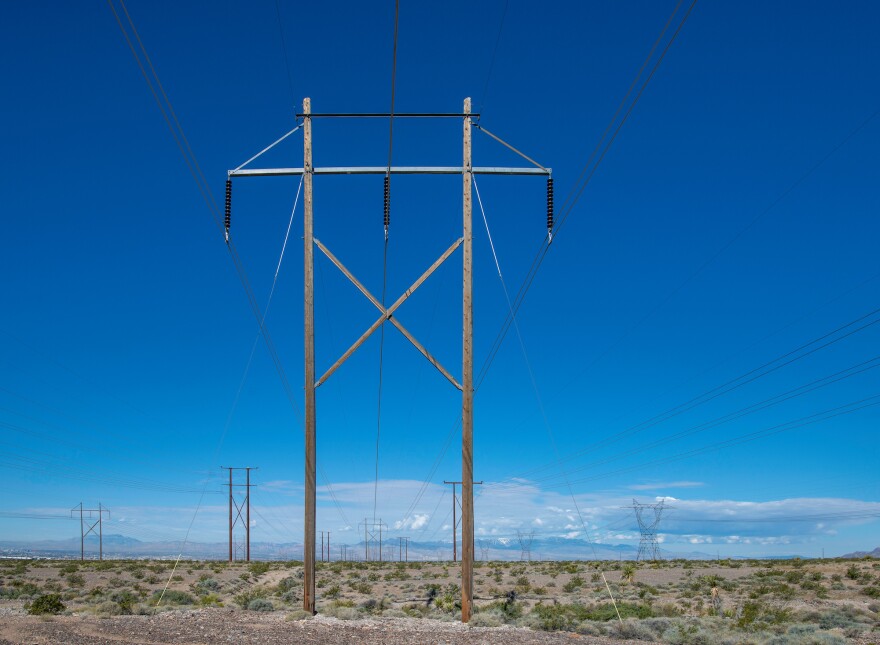Many other parts of the country have shared electric grids known as a regional transmission organization, or RTO. They allow electric utilities across multiple states to share energy resources. A report published in July showed that creating an RTO that includes all 11 Western states would bring a huge number of jobs while lowering energy costs.
Nevada, specifically, would benefit in a big way, according to a new analysis commissioned by the trade association Advanced Energy Economy. A West-wide grid could create as many as 21,000 permanent jobs in Nevada and as much as $2 billion in gross state revenue.
The study, conducted by the consulting firm Energy Strategies, projects that an RTO would grow living-wage jobs in a variety of sectors, including warehousing, battery storage, data processing and construction.
What’s more, a shared electric grid could also save Nevada ratepayers $32 million in energy costs every year.
Sarah Steinberg, who leads AEE’s legislative engagement in Nevada, says a Western grid would also help homes and businesses keep the lights on.
“There are new challenges to the grid, including extreme heat, including drought,” Steinberg said. “And in order to keep reliable, low-cost, clean energy serving everyone across the West, we need a new level of cooperation.”
With a shared grid, Nevada could bring in energy from other states during extreme heat events like it experienced this summer. That could mean importing hydropower from the Pacific Northwest and wind power from Wyoming.
In 2021, Nevada launched a task force that is examining the benefits of a RTO. The state also passed a new law, Senate Bill 448, that requires it to join one by 2030.
Colorado passed a similar law last year. Senate Bill 72 requires all Colorado transmission utilities to join an organized wholesale market by 2030.
AEE says it plans to release economic impact studies of a West-wide RTO for every Western state by the end of the year.
This story was produced by the Mountain West News Bureau, a collaboration between Wyoming Public Media, Nevada Public Radio, Boise State Public Radio in Idaho, KUNR in Nevada, the O'Connor Center for the Rocky Mountain West in Montana, KUNC in Colorado, KUNM in New Mexico, with support from affiliate stations across the region. Funding for the Mountain West News Bureau is provided in part by the Corporation for Public Broadcasting.





